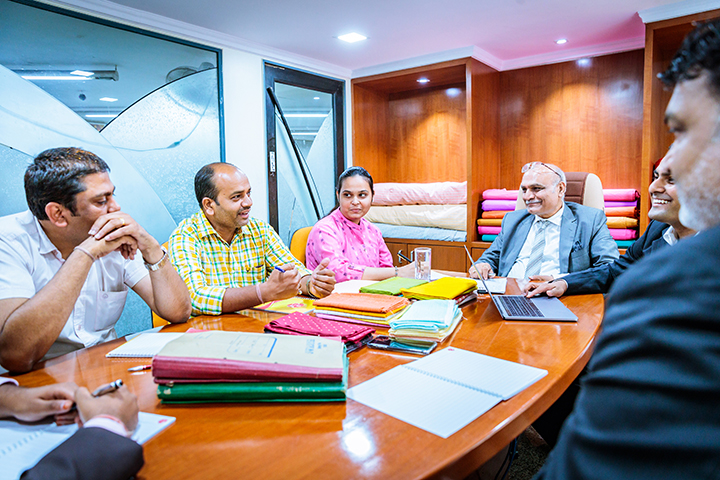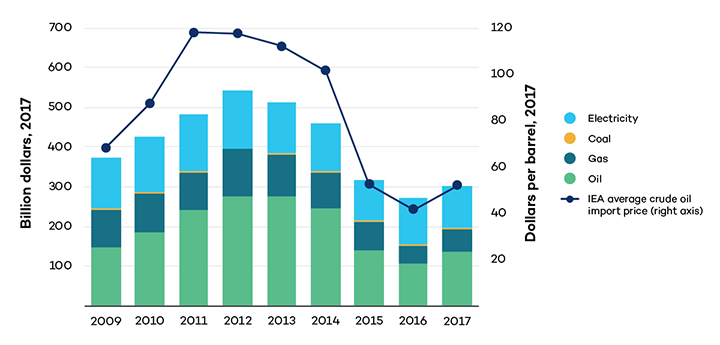Monitoring and Evaluation Systems for Adapting to Climate Change Are Only As Good As They Are Usable
Monitoring and evaluation systems for climate change adaptation should make it easier for people and decision makers to learn what is working and what is not.
You might think it unexpected or unlikely, but one of the places where social equity in development work recently became more apparent to me was during a workshop on Monitoring & Evaluation (M&E) of Climate Change Adaptation held in Lima, Peru in April 2019.
What is the M&E of adaptation really about?
Many people think that M&E work is mostly technical, quantitative and—let’s face it—rather boring. And they are probably right… except it shouldn’t be. It shouldn’t merely be a quantitative or a technical undertaking. In the context of climate change adaptation, M&E is simply a tool to support the understanding and prioritization of actions to assist decision making. It should make it easier for users and decision makers to learn, as time passes, what is working and what is not.

With an evolving understanding of what makes people vulnerable to climate change impacts and what to do about it, ideas around what should be monitored and evaluated also need to evolve in order to promote effective adaptation.
Ultimately, M&E is about understanding change: what has changed (or not), how it has changed and how much over a period of time.
Because causality is so hard to determine and remains mostly uncertain, and because change happens in ways that are often complex, difficult to pinpoint and intangible, these “hard-to-measure” elements become increasingly important to look at.
How we respond to climate change doesn't only depend on how hard the flood hits us
These elements can include things like how much faith the public has in the people and institutions working on climate change, the state and openness of family relationships, the feeling that one’s opinion matters, or even the (real or perceived) weight of social norms on people and households. All of these “social” aspects can play a big role in whether or not individuals and communities will actively engage in adaptation.

However, because they are difficult to measure, these metrics tend to be excluded from M&E systems. Even if they are included, it is difficult to know if the answers to these questions are accurate or in any way biased. It is no less complicated to link these statements to people’s and institutions’ decisions to act or to remain inactive.
Take the case of an example presented by one of the countries participating in the Lima workshop. In this country’s first attempt at adaptation M&E, they developed over 100 indicators. These indicators helped them understand vulnerability but failed to illustrate how any given adaptation action can reduce that vulnerability or increase the capacity of people and institutions. So they decided to go back to the drawing board and reconsider their approach. The value of an M&E system is intrinsically related to the guidance and learning it provides to better understand, prioritize and act on the (adaptation) challenges at hand.
Mr. M&E and Ms. Intangible can dance a beautiful dance.
As M&E is a lot about learning and improving, there are important limitations and opportunities to recognize in an M&E system in the adaptation planning process. For example, it is important to recognize both what the system can measure (e.g., progress in processes, discrete achievements in numbers and types of stakeholders reached, outputs published, radio spots aired) and what it can’t really or realistically measure (e.g., to what extent stakeholders value, will or can use the results of a capacity-building workshop in their lives)—and then find the way to bring these two together.

This is where the link between adaptation M&E and social equity resides. Like an airplane’s black box, an M&E system is, after all, an influential—if enigmatic—source of information that can largely impact where adaptation investments are made.
There is a saying: “Nobody is a prophet in their own land”—and sadly, this is often applicable in climate change adaptation work. Expert technical inputs tend to be more highly valued than the lived experiences or perceptions and knowledge of people directly affected by climate impacts.
Technicians building M&E systems must create them with elasticity so that they can tell a more complex, messier, if less certain, story; one that doesn't just spit out numbers and tidy graphs.
Unless the airplane’s black box is humanized and made more robust with a mix of different types of knowledge that include the technical and the social (to be simplistically binary), M&E findings will be myopic and do little service to advancing adaptation efforts, which should always aim to be inclusive and effective.
Further reading:
Brief | Kenya’s Monitoring and Evaluation of Adaptation: Simplified, integrated, multilevel




















